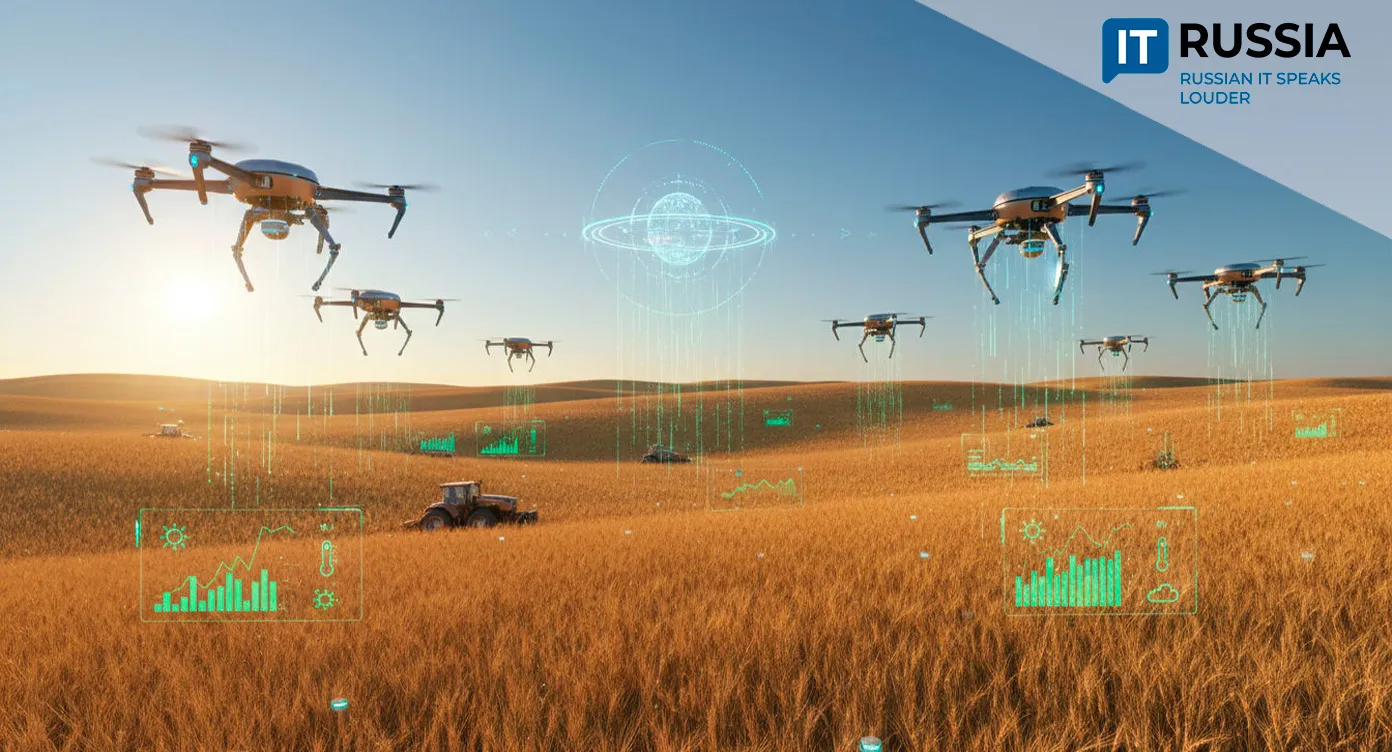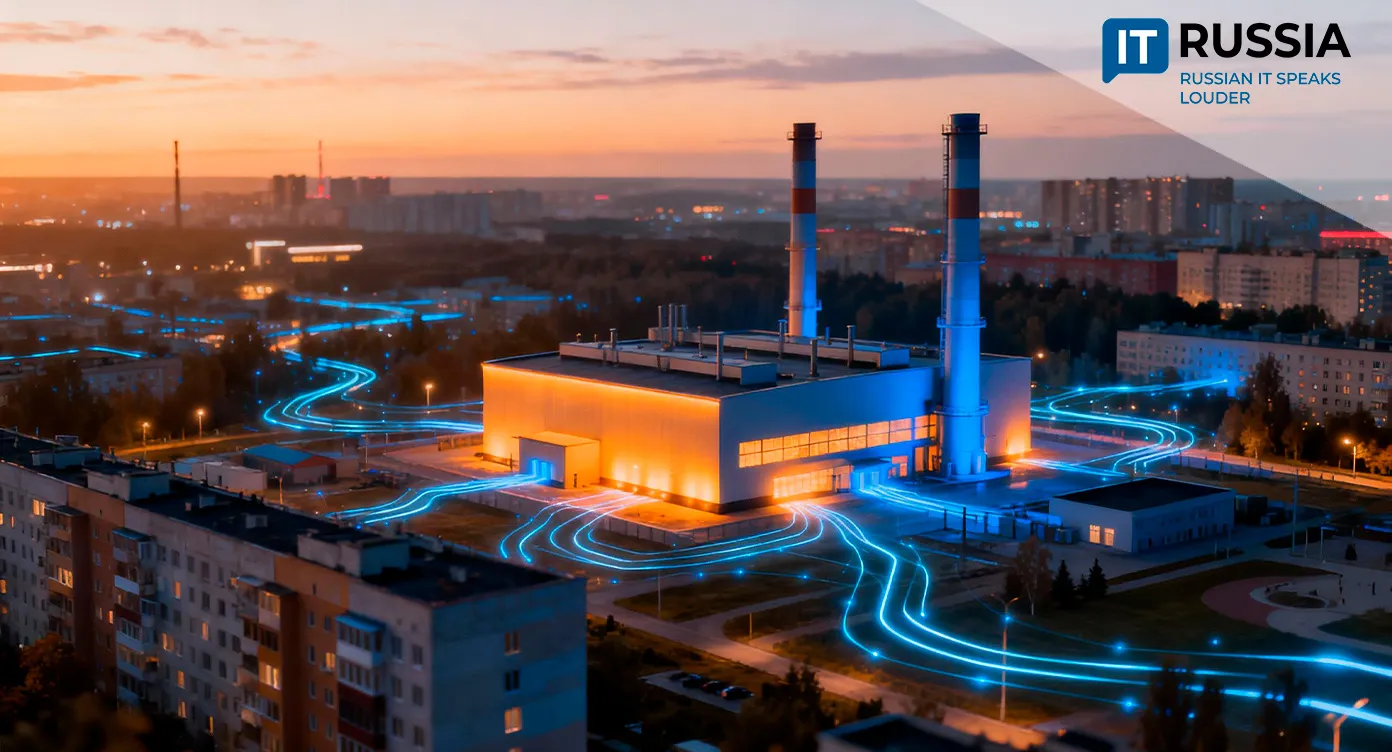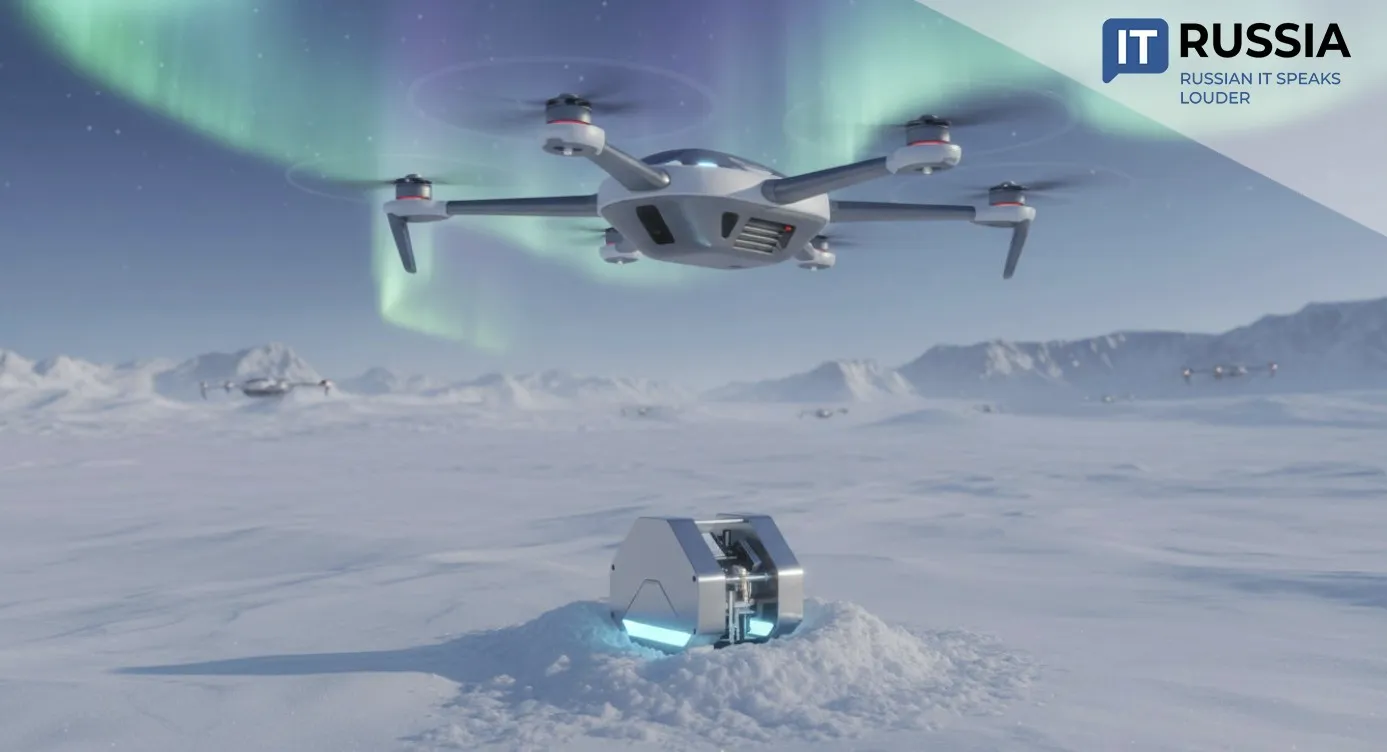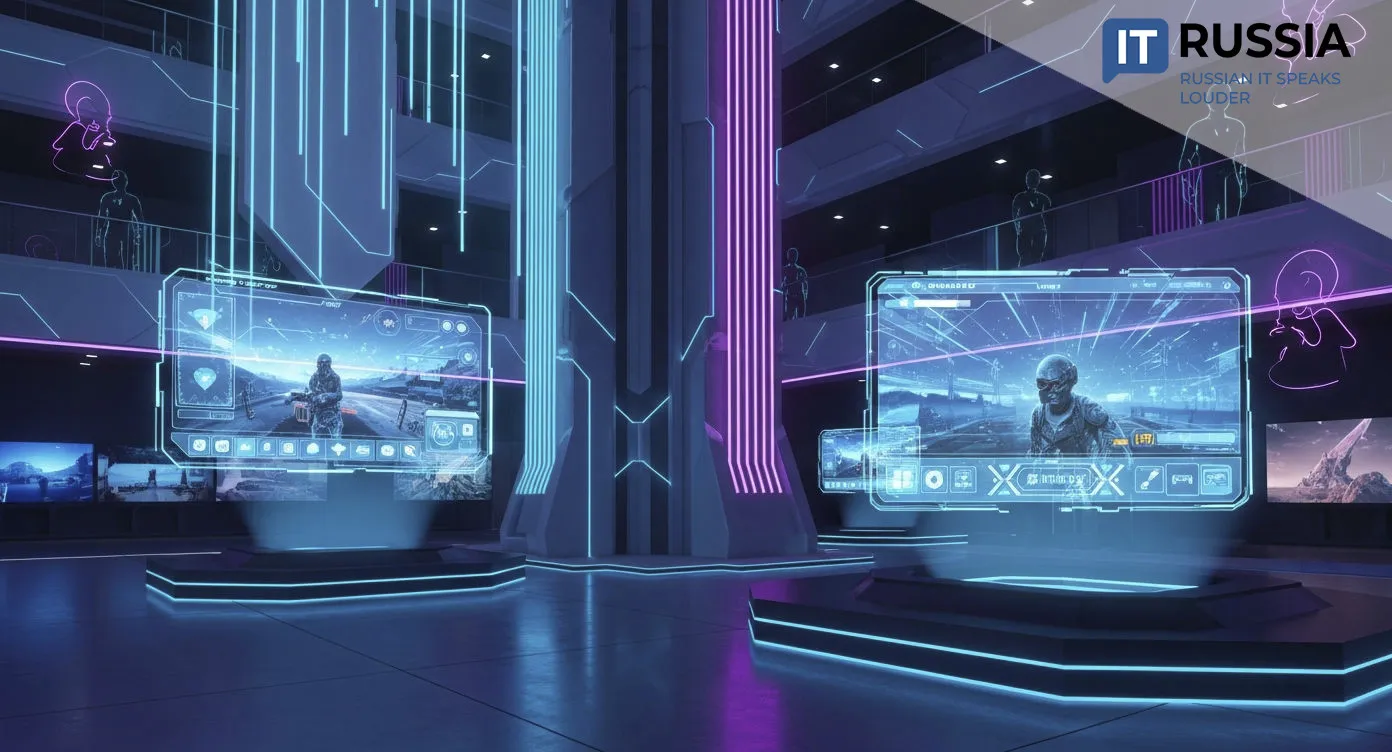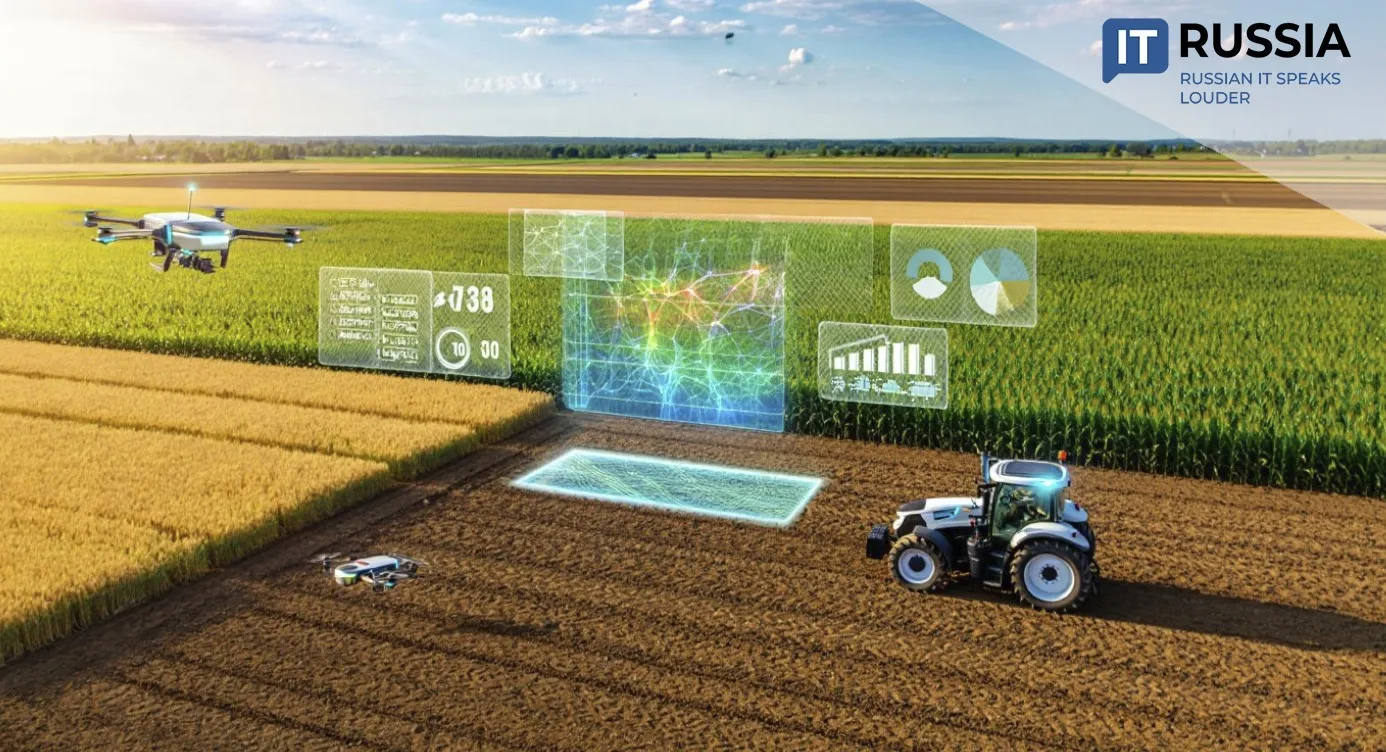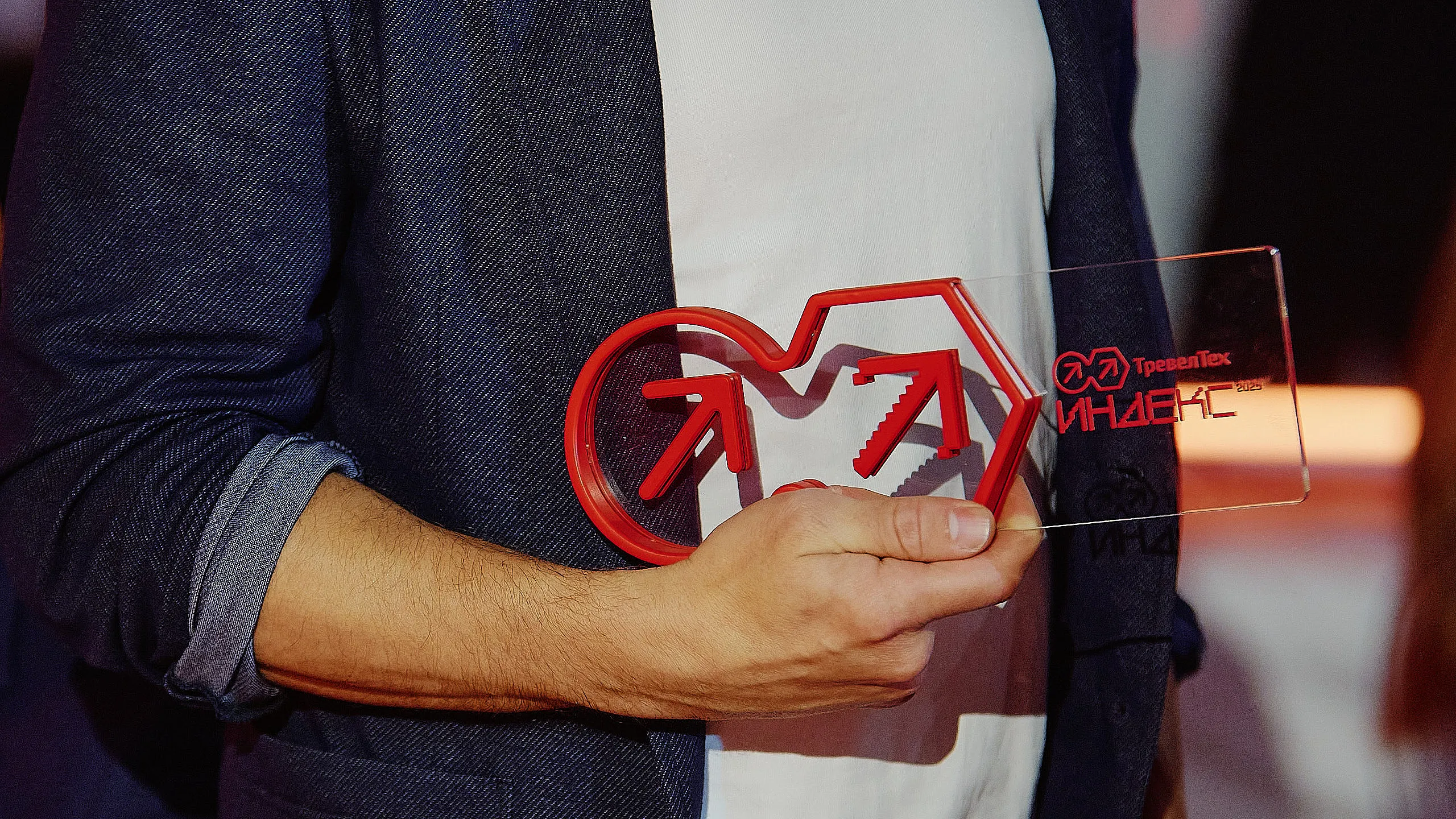Future Games: Russia’s High-Tech Olympics Are Redefining What It Means to Compete

What if the Olympics were built from scratch today—with AI commentators, robot duels, and digital trophies? That’s not science fiction. It happened in Kazan, Russia, in 2024. And it’s coming soon to a global arena near you.
Welcome to the Future Games, the world’s first international competition to merge traditional athletics with esports and emerging digital technologies. Born in Russia, this “phygital” Olympics (short for physical + digital) has become a blueprint for how the sports of tomorrow could engage minds and muscles in equal measure.
From Console to Combat Ring
The inaugural Games featured over 2,000 athletes from 107 countries. The format? A genre-defying mix of 21 hybrid events grouped into five categories: Sport, Tactics, Strategy, Speed, and Technology.
In the “Sport” category, athletes battled it out in football, basketball, hockey, skateboarding, and MMA—but with a twist. Fighters, for instance, first competed in console matches before stepping into a real octagon to finish their bout under mixed martial arts rules. The only fully virtual event? A high-speed cycling simulation.
“Gaming and athletics no longer have to live in different worlds,” said one organizer. “We’re bridging them with code, sweat, and strategy.”
Tactics and Lasertag
The “Tactics” bracket brought online shooters like CS2, Warface, and Standoff 2 into real life. After head-to-head online matches, players finished each competition with live-action lasertag in high-tech arenas.
Meanwhile, the “Strategy” events showcased MOBAs such as Dota 2, Mobile Legends: Bang Bang, and World of Tanks. The kicker? Finalists could pick which physical sport they’d face off in to determine the winner—elevating mental agility to the same level as physical stamina.
AI Commentary and NFT Prizes
In true next-gen fashion, even the commentary was handled by artificial intelligence. And the prizes? Not your average gold medal. Winners received blockchain-based NFTs minted by Atomize, Russia’s first regulated tokenization platform, supervised by the Central Bank of Russia.
Each NFT came with 500,000 rubles in value (about $5,600) and granted rights to use the Games’ official mascot—an iridescent firebird named MIRA—as intellectual property.
This wasn’t just sports. It was a tech-forward celebration of digital identity, ownership, and gamified achievement.
Accessible, Inclusive, Global
Unlike traditional sports that often have age limits or rigid training pipelines, the phygital format welcomed a wide range of participants—from 12-year-old prodigies to 62-year-old strategists. Its accessibility is part of the appeal: no need for years of coaching or peak physical form if you’ve got quick reflexes and sharp thinking.
Nine countries have already lined up to host future editions of the Games. The next event lands in Abu Dhabi in December 2025.
Russia's Digital Legacy on the World Stage
While Russia’s political role on the global stage remains controversial, its innovation in hybrid sports is hard to ignore. By pioneering this model, Russia isn’t just showcasing tech—it’s expanding what athleticism can mean in the 21st century.
The Future Games offer a compelling vision where anyone—regardless of age, background, or geography—can enter a new kind of arena. An arena where intelligence, coordination, and digital fluency matter as much as strength or speed.
This isn’t just the future of sports. It’s the future of human potential, coded and live-streamed.













